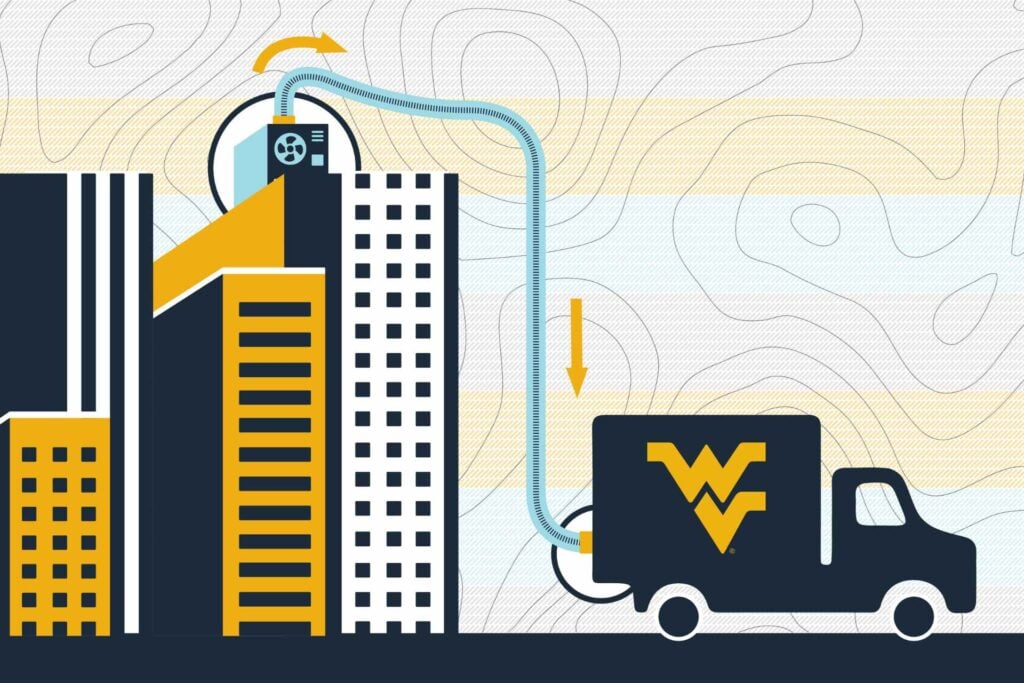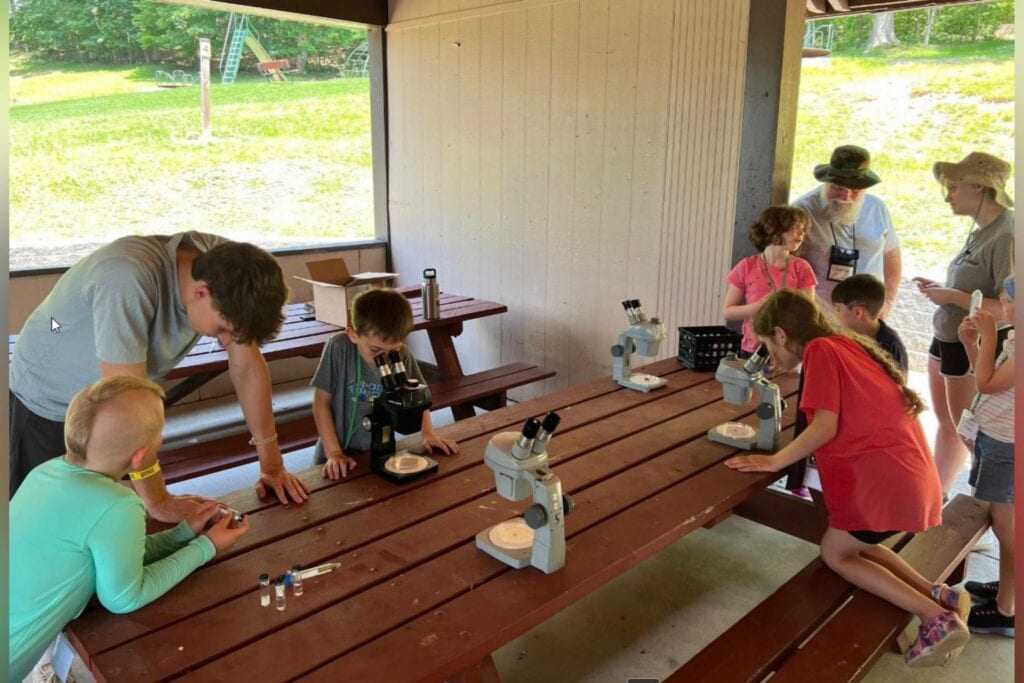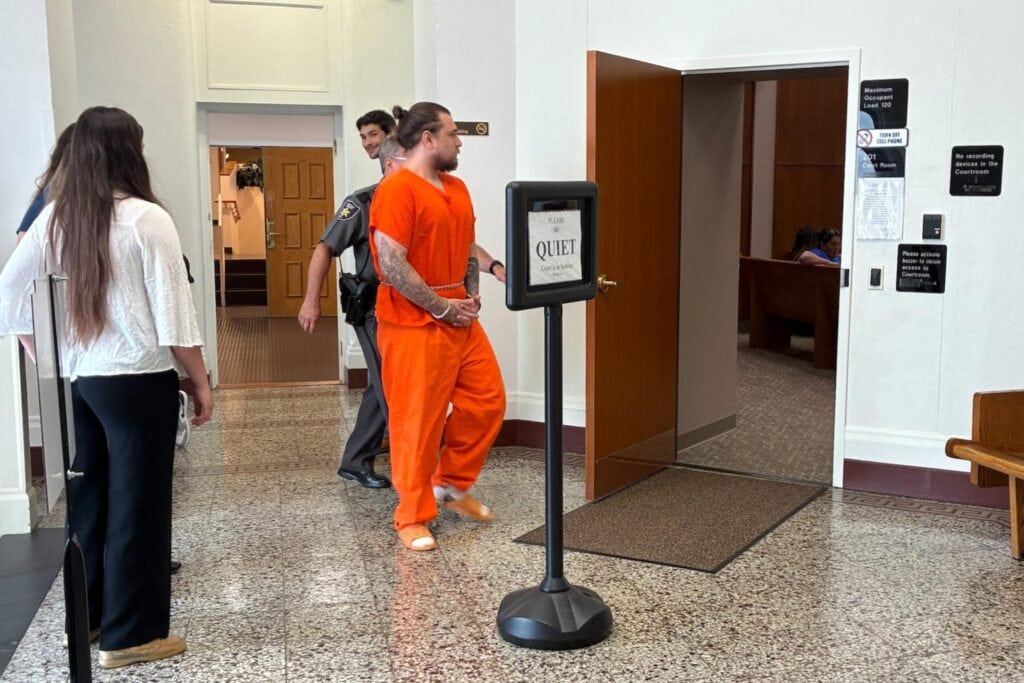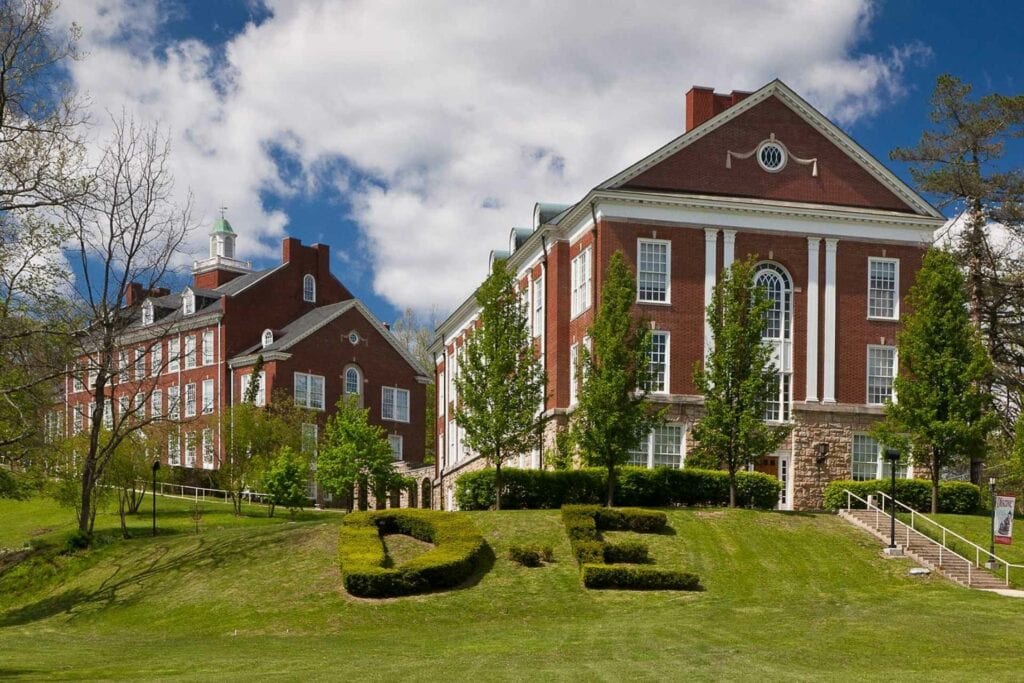Researchers at West Virginia University have taken the first steps toward developing technology that can capture carbon dioxide in the air and use it for eco-friendly manufacturing of methanol. The process they have begun modeling — which involves pulling air from buildings — could increase the sustainable supply of methanol, one of the world’s most extensively used raw materials, while removing a planet-warming greenhouse gas from the atmosphere.
Project lead Xingbo Liu, who serves as professor, associate dean for research and chair of engineering at the WVU Benjamin M. Statler College of Engineering and Mineral Resources, explained “methanol, or wood alcohol, has so many applications — it’s one of the most common chemicals in the world. It can be used by itself or as a feedstock for making other products, such as paint, primer or insulation.”
Methanol is typically produced from fossil fuels like shale gas, but Liu and his partners said they believe they have found a way to erase harmful emissions from the production process by harvesting the carbon needed to synthesize methanol from the air of buildings like large apartment or office complexes.
The Phase I project is supported by $400,000 in U.S. Department of Energy funding.
The methanol production system envisioned would hook directly into the existing rooftop HVAC units commonly installed on commercial and residential buildings. The equipment could harvest carbon from the air that gets sucked out of the building by its heating and air conditioning systems.
The equipment could also make its own carbon-free hydrogen, using a rooftop solar panel or other renewable energy source to power solid oxide electrolysis cells, which can split water into oxygen and hydrogen.
A catalyst could combine those hard-to-transport carbon, hydrogen and oxygen gases and turn them into easy-to-transport liquid methanol right on the spot. The methanol could then be piped from the top or side of the building into a tanker truck.
Srinivas Palanki, professor and chair of the Statler College Department of Chemical and Biomedical Engineering, and Debangsu Bhattacharyya, GE Plastics professor, lead the research with Liu in collaboration with industrial partners OxEon Energy, Tennessee Valley Authority and Tallgrass.
Partnering on the project are Edgar Lara-Curzio, Hai-Ying Chen, Michelle Kidder and Kashif Nawaz, researchers with federal energy research facility Oak Ridge National Laboratory, the University’s collaborator in ongoing decarbonization efforts.
Liu said methanol, already in high demand, still has room to grow in new markets.
“Methanol also has the potential to be useful in transportation,” he said. “Now when you go to the gas pumps, you often have the option for ‘flexible fuel,’ which is gasoline mixed with ethanol. Well, you can do something very similar with methanol, replacing the ethanol in a gasoline blend.”
Liu emphasized the process’ low cost and efficiency — not only harvesting carbon from the air but taking the heat it needs to work from the HVAC unit it’s hooked into.
“If you have an air conditioning system that’s located on the ground outside your building, you stay away from it in summer because it’s so hot, right? Really, they provide cold air in the building by making more hot air outside, through waste heat. So now we can use that to our advantage, because the system we’re developing needs that heat.”
The most mature current method for removing carbon from the atmosphere, “point source capture,” is only viable for “huge facilities like coal or natural gas power plants, which release lots of carbon dioxide every hour of every day,” Liu said.
The method he’ll be looking at, “direct air capture,” isn’t a competitor to point source capture. It’s scaled down to work with the volume of carbon emitted through the kinds of rooftop HVAC units found at locations like the WVU Engineering Sciences Building.
Compared to existing direct air capture technologies, Liu expects the system his team is modeling to have significantly lower capital, operational and maintenance barriers to deployment.
“We’re working toward a highly integrated and optimized process with state-of-the-art technologies for direct air capture, electrolysis and methanol synthesis that will lead to cost-efficient production of green methanol that’s more than 99.7% pure,” he said.
“We hope to bring down the cost of technology for carbon dioxide reduction and provide a carbon-neutral solution for producing this common chemical, maximizing the use of captured carbon dioxide and minimizing the environmental footprint.”













